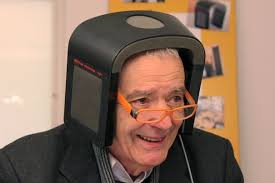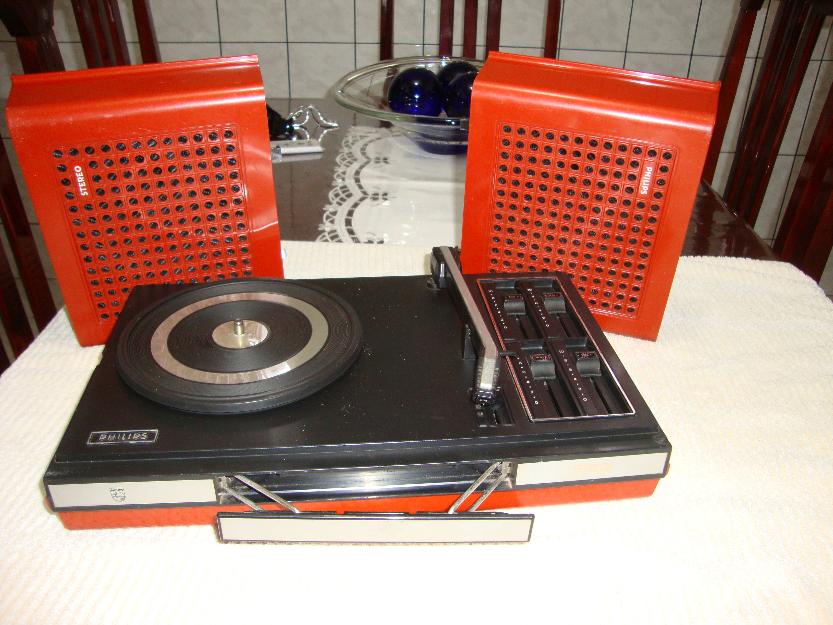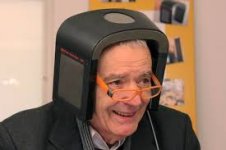I don't understand your point about cone breakup. If it was such a big deal wouldn't nobody use large speaker cones?
Why isn't cone breakup a problem normally?
I'm looking at 8'' betsy drivers and the FR looks very similar to an HD800 3'' headphone driver

Wouldn't cone breakup show itself in the 8'' FR?
Why isn't cone breakup a problem normally?
I'm looking at 8'' betsy drivers and the FR looks very similar to an HD800 3'' headphone driver

An externally hosted image should be here but it was not working when we last tested it.
Wouldn't cone breakup show itself in the 8'' FR?
I already have.I don't have any FR drivers lying around so you tell me.
I believe it's to keep the outside noise, outside.have earpads to seal the enclosure around your ear. I assume this is to prevent bass from escaping.
Yes. The weight alone should have you saying: "What was I thinking?"Is the idea so strange?
Loudspeakers are for radiating big power, being very inefficient. A HP driver does not need to handle high power, 1W is more than too much. Then other parameters can be optimized, voice coil and diaphragm can be super lightweigth, suspension can be super soft, cone breakout could be pushed up beyond audible range, etc.
I have had my share of dealing with betsy...nice midrange. I always hated the heights. The best thing you can do to betsy is chop its whizzer of and install tweeter.
Quite while ago I did 2-way with betsy and horn loaded tweeter...nice sounding pair, I gave it to a friend...there may be a thread about it and the measurement.
Recently I installed small Dayton dome (very small, 3/4") on the tube right in the center of the betsy. I got ruler flat response, I never posted it anywhere, why bother. Sound is way better that betsy alone.
I used betsy wow in the past, but had lots of issues with loose brass rings on the cone which holds the coil wire. Easy fix, but it took me long time to figure it out.
Quite while ago I did 2-way with betsy and horn loaded tweeter...nice sounding pair, I gave it to a friend...there may be a thread about it and the measurement.
Recently I installed small Dayton dome (very small, 3/4") on the tube right in the center of the betsy. I got ruler flat response, I never posted it anywhere, why bother. Sound is way better that betsy alone.
I used betsy wow in the past, but had lots of issues with loose brass rings on the cone which holds the coil wire. Easy fix, but it took me long time to figure it out.
Last edited:
Who cares about weight or looks if it sounds good.
No argument there, go for it!
If it sounds good, it is good...loosely from Duke Ellington.
"Why isn't cone breakup a problem normally?"
May be not for you, but it made me sell the Lowthers and never come back...
Its the ringing, the time delay which breakup makes which irritates me.
Look at some true honest measurements of fullrange drivers...especially waterfall plots, decay spectrum. Disgusting.
May be not for you, but it made me sell the Lowthers and never come back...
Its the ringing, the time delay which breakup makes which irritates me.
Look at some true honest measurements of fullrange drivers...especially waterfall plots, decay spectrum. Disgusting.
Last edited:
Who cares about weight <snip>
I don't know about you but I like the length of my neck as is.
Besides, I can't see a 15" driver, close to your head, as being better than a 4"
Haha, I'm just trying to be informed before I go buying large drivers for headphone use.I am not discouraging you, just giving some pointers, use 18" as headphone, what do I care...
The cone breakup issue you spoke of is giving me cause for concern.
Worst case scenario I can sit back in a chair to take the weight off.I don't know about you but I like the length of my neck as is.
Besides, I can't see a 15" driver close to your head, as being better than a 4"
The reason I'm thinking a larger driver might be better is because I am using it at a tiny fraction of its intended SPL giving it supposedly much better performance.
But like Adason said, cone breakup is an issue.
Last edited:
"I'm looking at 8'' betsy drivers and the FR looks very similar to an HD800 3'' headphone driver"
yes, accidentally, but both obtained by completely different technique...headphone measurement are done to dummy head...pointing to inner ear with cochlea
do you think betsy would have the same fr response pointing to the ear?
yes, accidentally, but both obtained by completely different technique...headphone measurement are done to dummy head...pointing to inner ear with cochlea
do you think betsy would have the same fr response pointing to the ear?
Last edited:
do you know Rutcho's web page? he posted his measurements here many times, but mostly 8"...the biggest he measured was 12"
Audio Nirvana Super8 Cast Frame Fullrange Loudspeaker Measurements Data and Information Full Range
see the waterfall plots I was talking about
Audio Nirvana Super8 Cast Frame Fullrange Loudspeaker Measurements Data and Information Full Range
see the waterfall plots I was talking about
Same with a 3" or 4"The reason I'm thinking a larger driver might be better is because I am using it at a tiny fraction of its intended SPL giving it supposedly much better performance.
At the SPL we're talking, I wouldn't worry about it.But like Adason said, cone breakup is an issue.
Yeah but wouldn't the performance increase scale with size?Same with a 3" or 4"
Larger drivers are designed to sound good at bigger SPLs than smaller ones meaning the distortion reduction should be more significant when using bigger drivers as headphone drivers than smaller ones right?
A larger driver is going to need less excursion than a smaller one for the same SPL, meaning better linearity and slew rate no?
Oh really? That takes a load off.At the SPL we're talking, I wouldn't worry about it.
Immaterial in the case. This is nearfield to an extreme.Yeah but wouldn't the performance increase scale with size?
Immaterial in the case.Larger drivers are designed to sound good at bigger SPLs
Immaterial in the case.A larger driver is going to need less excursion than a smaller one for the same SPL
Careful, there are two camps here. I happen to be in the one that believes that although cone break up should be as present in low SPL as high, my ears tell me otherwise. If my ears can't hear it, I don't worry about it.Oh really? That takes a load off.
This, at least, is easily fixed by inserting an appropriate resistor in series with one wire.A Qts of 0.7 or above is suitable for a free-air application such as yours.
When the resistor is zero ohms (and the amplifier driving the headphones has the usual very low output impedance), the Q of the speaker in free-air is Qts. When the resistor is increased sufficiently, the Q increases to nearly Qms, which is typically between 3 and 10, far higher than you want. For in-between values of resistance, you should be able to dial in the Q of around 0.7 you're looking for (which produces a maximally flat Butterworth 2nd-order high pass filter response.)
Using a series resistor is rather wasteful of power in a typical loudspeaker scenario, but here, the power levels are so low that it's not a concern.
BTW - if you place your ear really close to a 15" speaker, the path length from the edges of the cone to your ear is much larger than the path length from the centre of the cone to your ear. As a result, you will experience deep notches in the frequency response, once the frequency is high enough for the speaker radius to become about 1/3 of the wavelength or more. Expect an erratic and ugly frequency response above a few kilohertz, even if the speaker itself was magically perfect.
This is why you can measure woofer frequency response with a microphone placed a centimetre from the cone, but you have to be aware that the measured response is only good at relatively low frequencies. This is a trick speaker designers sometimes use if they don't have access to an anechoic chamber.
Have you tried the near-field stereo speaker setup typically used by audio engineers when mixing-down recordings? Your head and the two speakers form an equilateral triangle, each side of which is between roughly 1 and 2 metres (3 - 6 ft) long. Speaker at ear height, and several feet away from the nearest wall if at all possible.
IMO, this type of near-field speaker setup gives you an experience with most of the immersive quality of headphones, but with much better stereo imaging than any headphones I've ever tried.
-Gnobuddy
Wow these are the hi regarded swiss Jeckling Float from the 1970s,Not very different from near-field electrostatic "speakers"

I was unaware it was so big.
Nippel first image is a wax cylinder created by Edison engineers,Here's Nipper with the mobile Victrola!
Nippel second image is a grammophone.
This is a portable victrola:

- Status
- Not open for further replies.
- Home
- Loudspeakers
- Full Range
- Full range speaker as headphones
